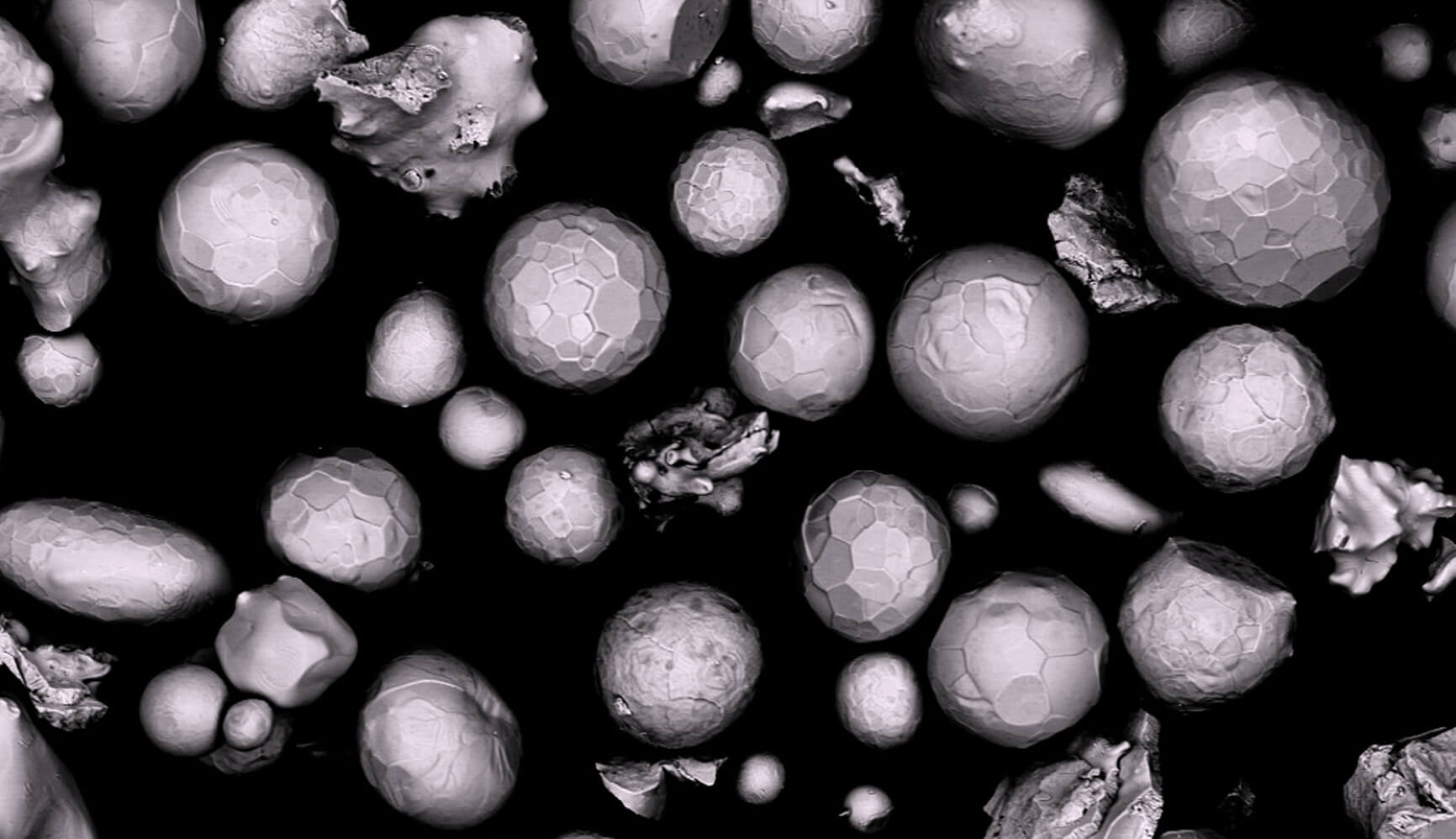Substance analysis

The 6NAPSE Group has many skills in unknown substance analysis to meet quality control and compliance needs.
Substance analysis can detect the presence and the nature of foreign bodies, which may appear as deposits in the samples. It is a key technique for many industries including chemicals, pharmaceuticals, food, cosmetics, environment, energy, paint, etc.
Unknown substance analysis in Laboratory
The 6NAPSE Group laboratories offer a variety of analytical techniques consisting in studying the chemical composition of a sample. In particular, we carry out substance identification tests.
- Analysis of the chemical composition of substances (eg: in the REACH context)
- Determination of the nature of the substance or foreign body
- Similarity analysis between two substances
- Identification of risks and potential dangers
Thus, our laboratories are able to determine the composition and structure of a substance with precision, detect contaminants and impurities, measure very small quantities of substances, identify unknown compounds, analyze complex and heterogeneous samples, and characterize physico-chemical properties such as conductivity, solubility, density, viscosity, etc.
Our methods
- To determine the nature of these foreign bodies, a SEM-EDX analysis can be performed in conjunction with an infrared analysis (IRTF) if no metallic particles are present.
- GC-MS will detect specific compounds such as polycyclic aromatic hydrocarbons (PAHs) and ensure that the samples do not contain these unwanted substances.
- For specific elements such as palladium, ICP-AES analysis is the preferred method. This method is very precise because it measures the amount of palladium present in the sample.
- ICP-MS is a very sensitive analytical method for trace elements such as arsenic in cosmetics. It can detect very low concentrations of heavy metals, such as arsenic, at levels in the order of a few parts per billion (ppb).
- Ion chromatography will make it possible to separate the components of a mixture
- X-ray fluorescence makes it possible to determine the mass concentration of an element and to carry out a semi-quantitative analysis of the material
Our experienced and highly qualified team works closely with you to determine the most appropriate substance analysis technique.
6NAPSE Group assets
- Complete validation plan (support for all tests of a standard)
- All controls, tests and analyzes in our laboratories are carried out in compliance with the quality criteria of our industrial customers.
- Short standard deadlines and emergency support options
Contact us to discuss your needs quickly and technically!
